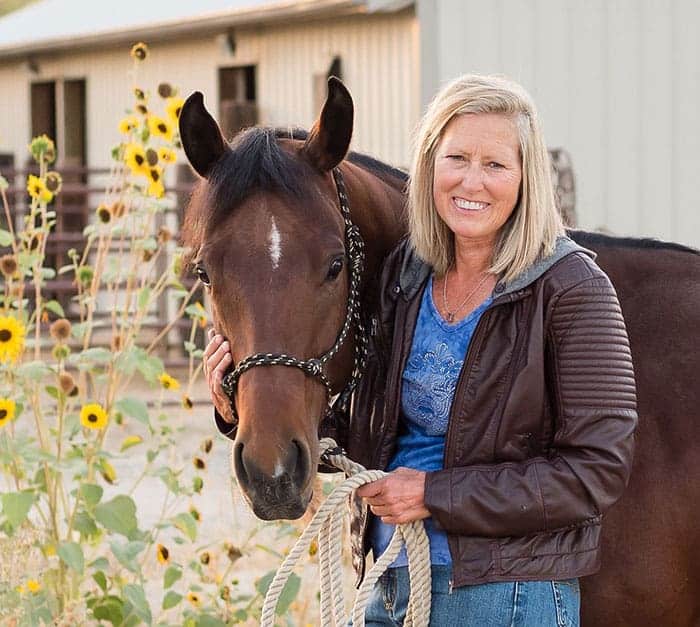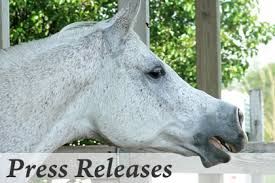Fall is the Time to Spread Compost
- Posted by Alayne Blickle
Compost can be spread anytime during the growing season (mid-March to mid-October), but in the fall the soils are warm and grass plants are set for another growth spurt once cooler temps and more rain set in. Nutrients, organic material and beneficial bacteria and fungi in the compost will help your grass plants get through the winter as well as become more productive next spring. Spreading too late in the fall or during winter doesn’t offer any benefit because grass plants are dormant at this time and soils are either frozen or saturated. Also, spreading during the dormant season means nutrients may go to waste and potentially wash away in winter rains, contributing to water pollution.
Here are a few things to keep in mind when spreading compost:
- Spread a 1/4 to 1/2 inch layer at a time and no more than about 3 to 4 inches in the same place per season. This avoids smothering pasture plants as well as putting out more nutrients than a plant can use and having nutrients wash off. Realistically speaking, when you spread compost it rarely looks like a thin, even layer but more like clumps here and there.
- Compost can be spread by hand or with a manure spreader. Hand spreading is a good option if you’re spreading on two acres or less and have just a couple horses. It isn’t as hard as it sounds and can be done with a wheelbarrow and shovel. Simply transport your compost to the area of your pasture where you want to spread and toss away. Be sure to crumble up any large clods as you toss them so that plants can more easily break down nutrients and organic materials.
- If you are considering purchasing a manure spreader, keep in mind that there are two basic categories: ground-driven and PTO-driven. Ground-driven means that as the wheels turn on the manure spreader the belt that powers the beater bars turns and throws out the compost. A ground-driven manure spreader can usually be pulled by an 18 horsepower (or larger) riding lawnmower, a small four wheel-drive pickup or even an ATV.
- PTO (power take-off) driven means that the PTO on your tractor will power the drive unit on the spreader. If you choose to go with a PTO driven model then you’ll obviously need to have access to a tractor with a PTO (not all tractors have a PTO). You will also need to be sure your tractor is sized to handle the spreader you purchase.
- Contact your local conservation district to see if they have a manure spreader that they loan out. If you are not familiar with conservation districts, they are non-regulatory, nonenforcement agencies that provide education and technical assistance on natural resource issues. There is one in every county in the United States. Many of these districts “own” a manure spreader that they loan out for free or low cost to landowners to help them spread compost.Check out your conservation to find out if they have such a program.
- One more thing about manure spreaders: be sure yours is adapted for horse manure or composted horse manure and not cow manure. Cow manure is softer and more “pie” shaped which often makes a difference in how the tines in the spreader are structured.
Compost is a rich soil enhancement that improves the health of both plants and soil and helps retain moisture. It contains micro and macronutrients that benefit plants and it adds important organic material to your soil. If you have horse manure that hasn’t been actively composted, you can spread that as well, but composted horse manure is much more desirable. Composting kills the pathogens and parasites in manure. When you spread raw manure on pastures, you increase the risk that your horse will ingest the active parasites in manure. So if your manure isn’t composted yet, you may want to let it compost over the winter and spread it next spring. For more information on composting, see 9 Steps for Composting Horse Manure
Create a free account with TheHorse.com to view this content.
TheHorse.com is home to thousands of free articles about horse health care. In order to access some of our exclusive free content, you must be signed into TheHorse.com.
Start your free account today!
Already have an account?
and continue reading.

Written by:
Alayne Blickle
Related Articles
Stay on top of the most recent Horse Health news with













2 Responses
re: Fall is the Time to Spread Compost
But what about living in COLD climates that have super short growing seasons? When do you spread then
re: Fall is the Time to Spread Compost
What would you recommend for someone in Florida where it does not freeze?